Navigating the vast landscape of online news platforms can be overwhelming in today's information-rich world. With countless sources vying for attention, learning to efficiently access and consume news that matters to you is becoming an essential skill for the digital age.
Setting up personalized news feeds
Creating a tailored news experience helps streamline your daily information intake, saving time while ensuring you stay informed about topics that matter most to you. Website navigation and content management are key factors in optimizing your news consumption habits.
Creating custom news categories
Many news websites allow users to customize their experience by setting up specific categories based on interests. This approach helps filter the overwhelming amount of content available online. Start by identifying your primary areas of interest—whether business, technology, sports, or culture—and look for options to save these preferences. User engagement statistics show that people who customize their news feeds tend to become 'power users,' spending more time on news platforms. For effective digital publishing consumption, learn more on https://www.passportmarketing.es/ about creating targeted content strategies that can be applied to your personal news organization system.
Utilizing news aggregator services
News aggregators serve as central hubs that collect and organize content from multiple sources, saving you the trouble of visiting numerous websites. Google News, Apple News, and Feedly are popular options that bring together diverse perspectives. According to traffic source data, search aggregators remain the most popular way users discover news content, with Google accounting for approximately 30% of traffic to top news sites. Facebook has emerged as another significant referral source, while Twitter generates minimal traffic to news websites. The best aggregators allow filtering by topic, source credibility, and recency to create a personalized online newsroom experience.
Evaluating news sources
The digital age has transformed how we consume news, with countless online platforms vying for our attention. Understanding how to evaluate these sources effectively is crucial for informed consumption. Research from the Pew Research Center's Project for Excellence in Journalism reveals distinct patterns in how users interact with news websites, highlighting the importance of discerning quality sources.
Modern news websites attract different types of users – from “casual users” who visit only a few times monthly to “power users” who return more than 10 times per month. While casual users might spend merely minutes browsing (34% of USAToday.com users spent just 1-5 minutes monthly), power users invest over an hour engaging with content. These power users represent only 7% of visitors across top news sites, with CNN.com having a notably higher percentage (18%).
Fact-checking techniques
Developing robust fact-checking habits helps navigate the complex online news environment. Traffic patterns reveal that search aggregators remain the dominant pathway to news websites, with Google driving approximately 30% of traffic to top news platforms. This underscores the need for users to look beyond initial search results and verify information across multiple reputable sources.
Social media platforms, particularly Facebook, are becoming influential news referrers, while Twitter's impact remains minimal. Given these traffic sources, users should examine article publication dates, verify information across multiple platforms, and investigate source credibility before accepting claims. News consumption habits are also evolving with technology – while most news reading occurs via browsers, the growing ownership of tablets and e-readers (7-10% of the population) suggests changing patterns in how we access and verify information.
Recognizing quality journalism
Quality journalism exhibits several distinguishing characteristics worth identifying. Examining website navigation can provide initial clues – professional news platforms typically feature streamlined navigation, up-to-date content management systems, and clear engagement opportunities. The most visited sections of news websites are typically their homepages, serving as gateways to credible reporting.
User behavior statistics reveal interesting patterns that help identify trustworthy sources. News websites with higher percentages of power users often demonstrate stronger journalistic standards that encourage return visits. When evaluating online news sources, look for transparent attribution practices, comprehensive coverage, and evidence of editorial standards. Website analytics show significant differences in audience engagement – while USAToday.com sees 85% of users visiting only 1-3 times monthly, platforms with more rigorous journalism often maintain higher retention rates and deeper engagement metrics.


